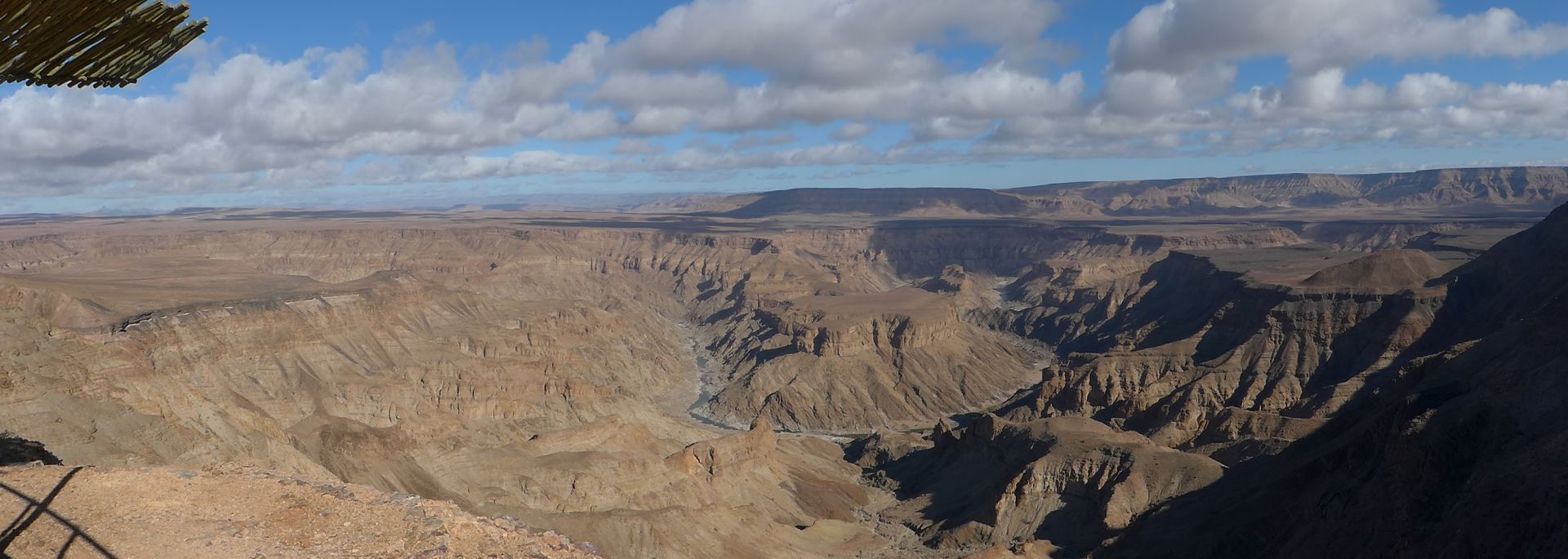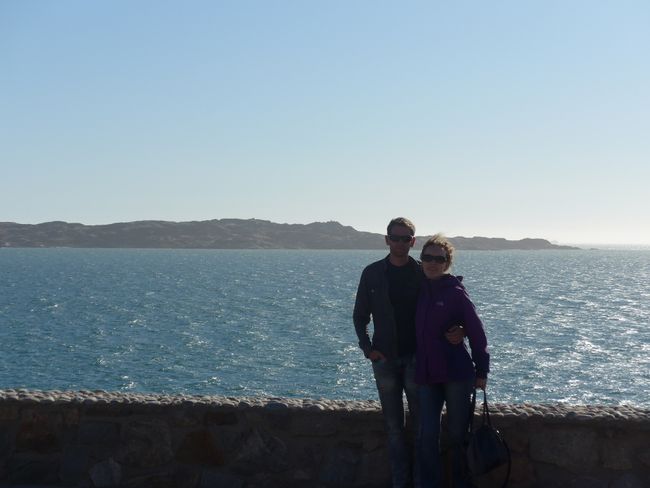Vienna Old Town
Diterbitkan: 07.10.2019
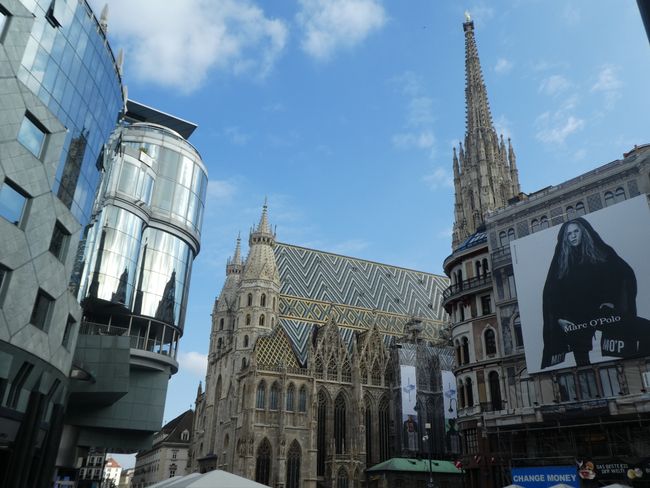
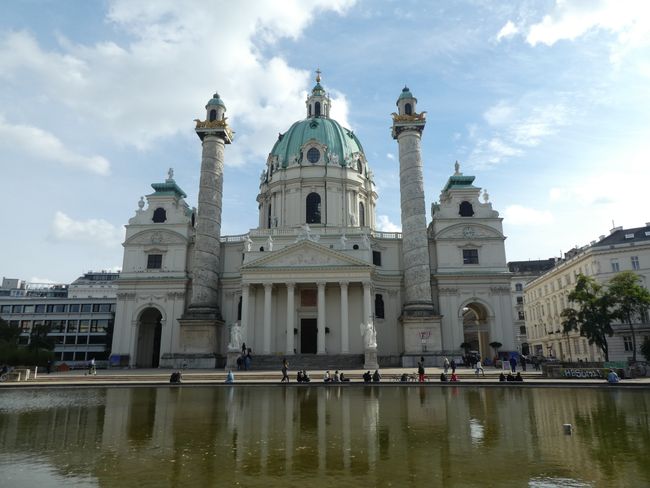
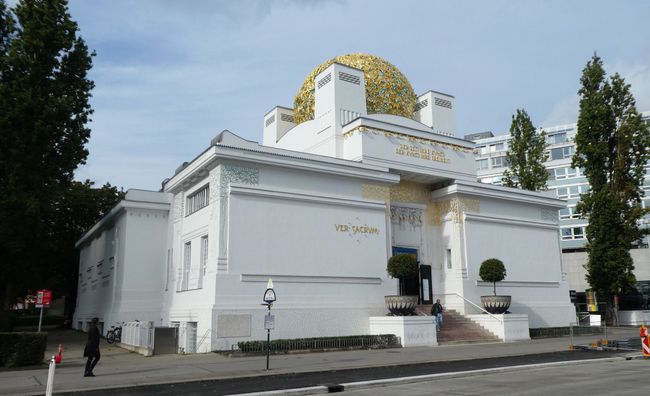
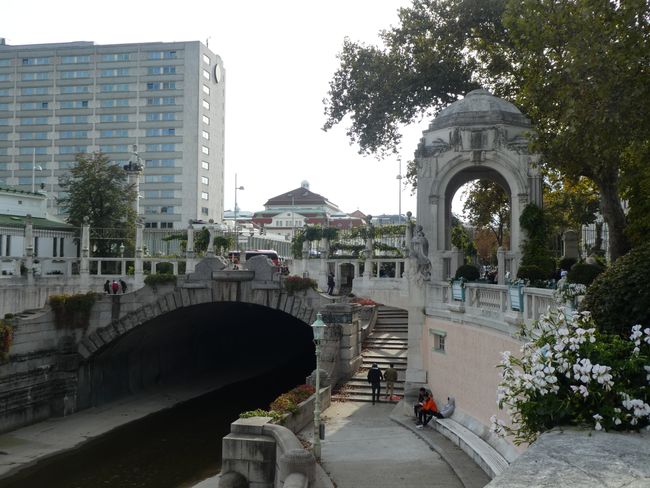
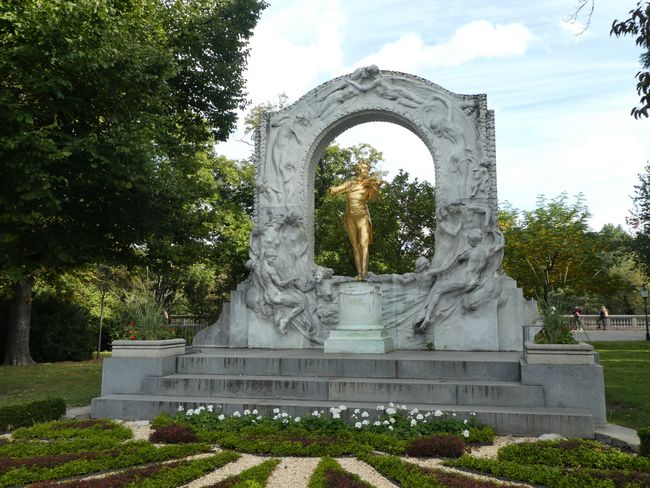
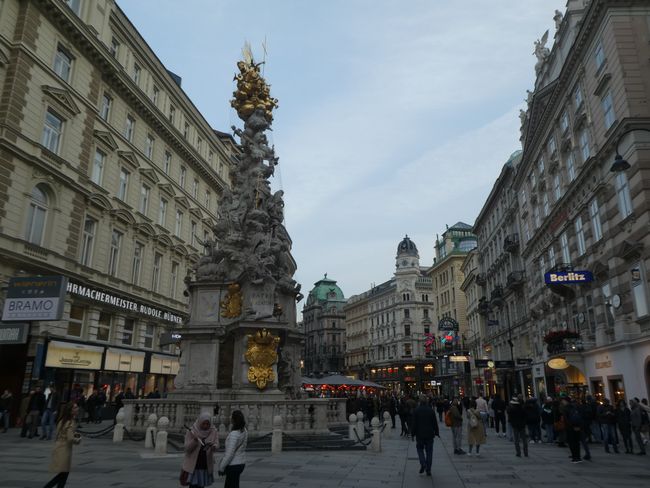
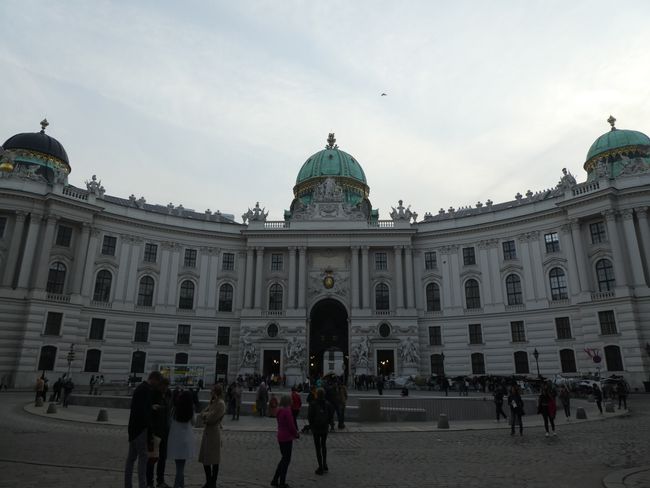
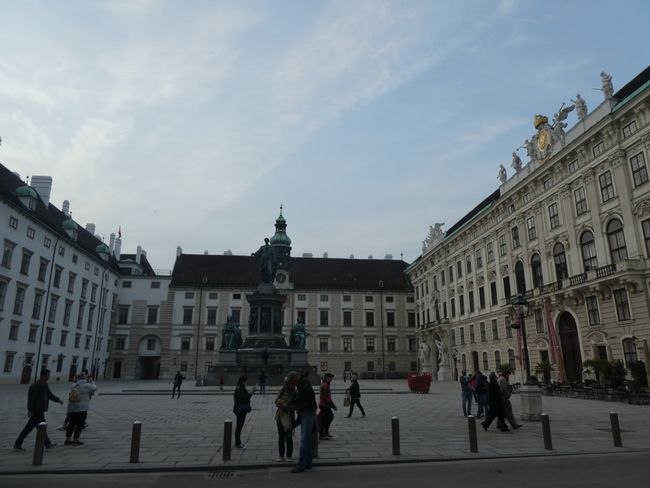
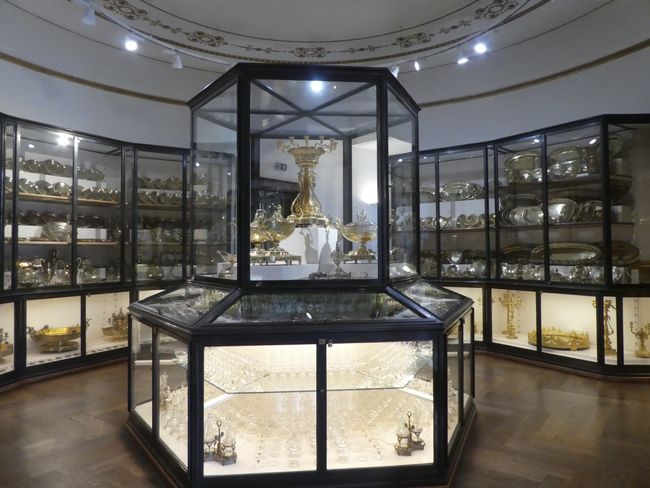
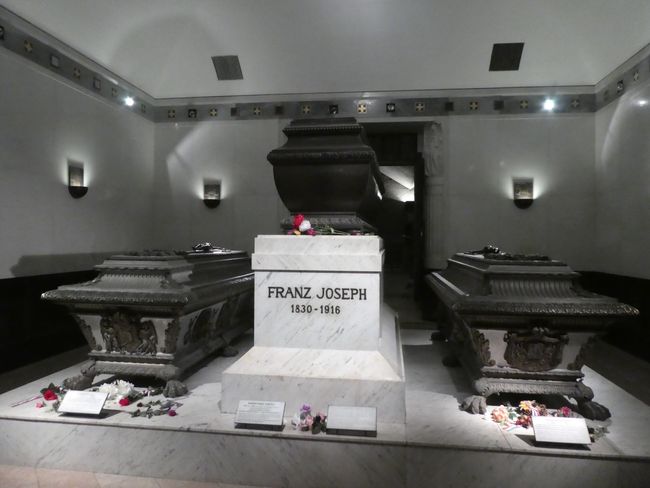
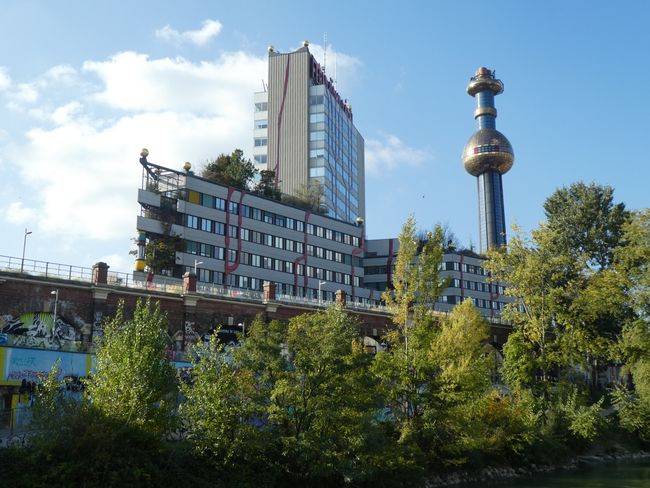
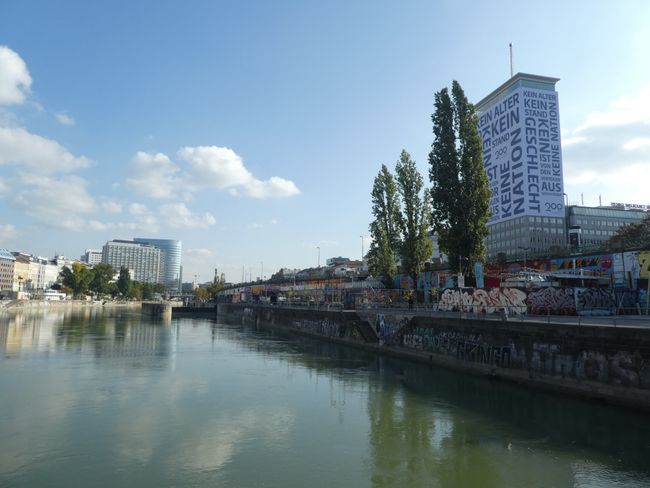
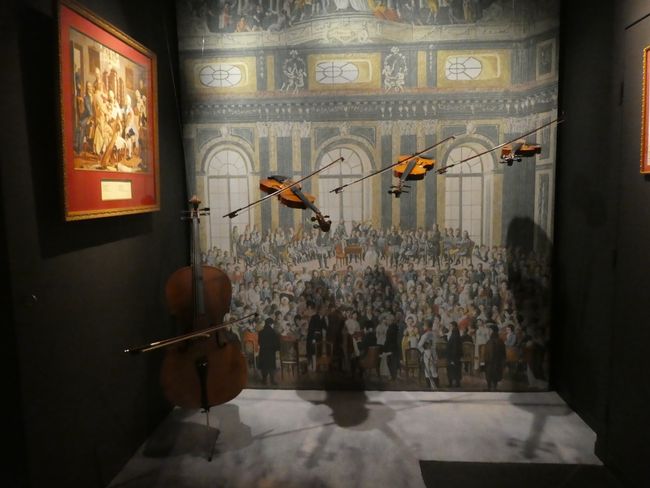
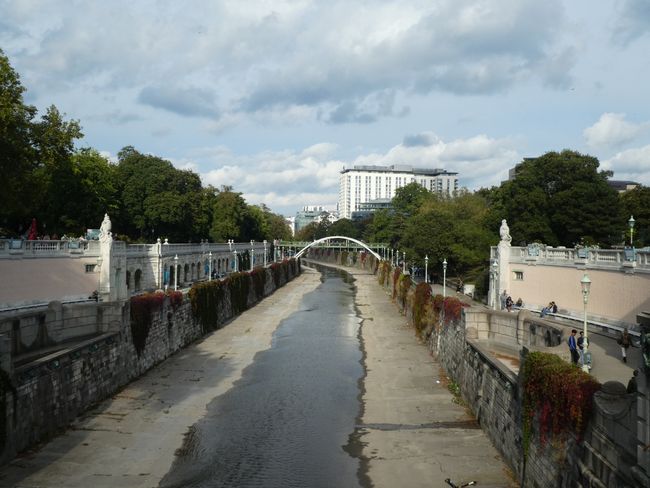
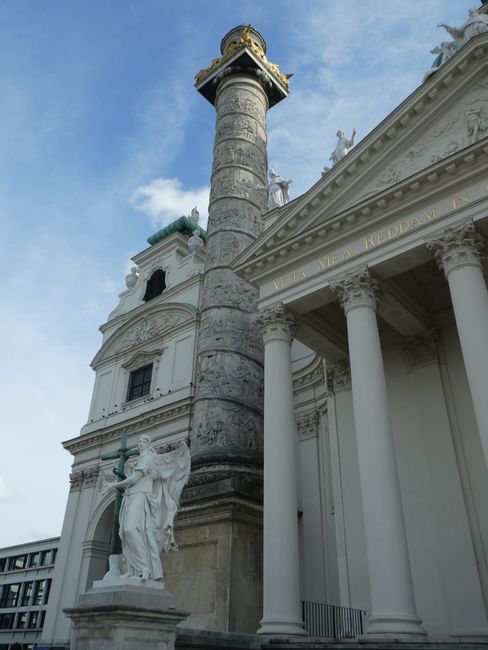
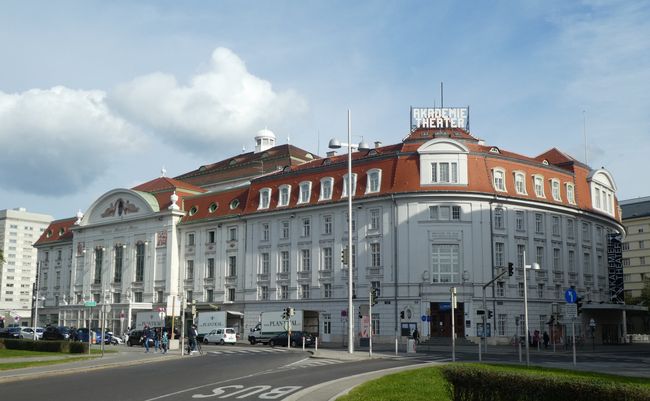
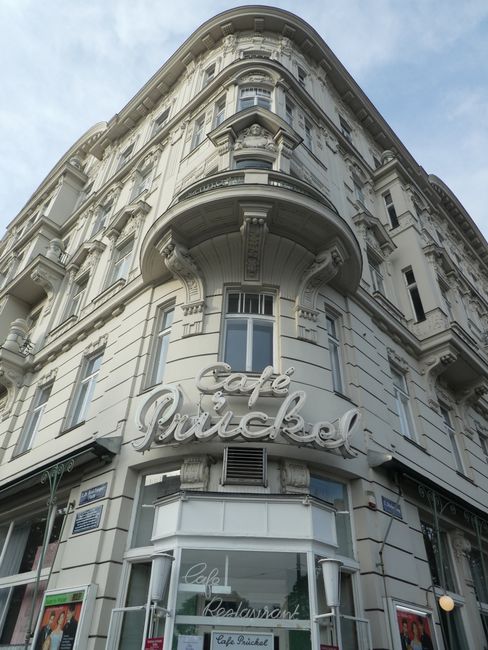
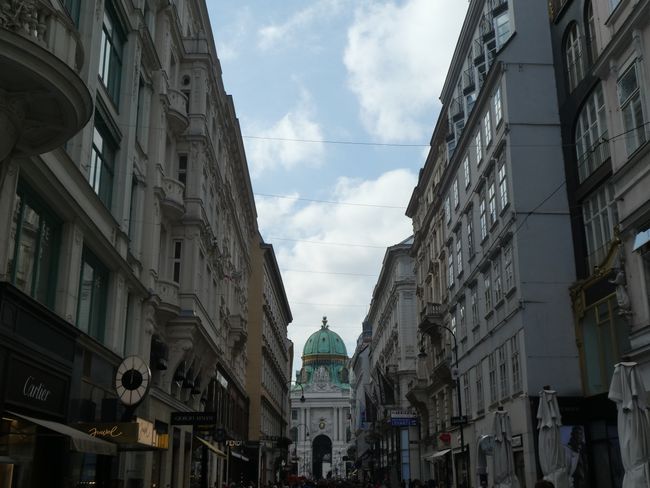
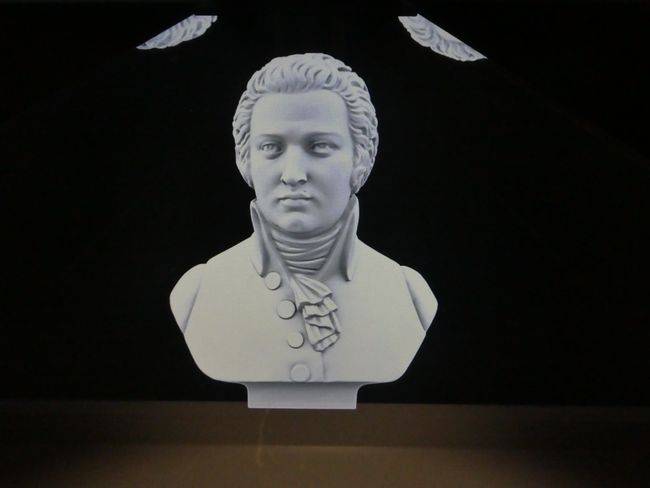
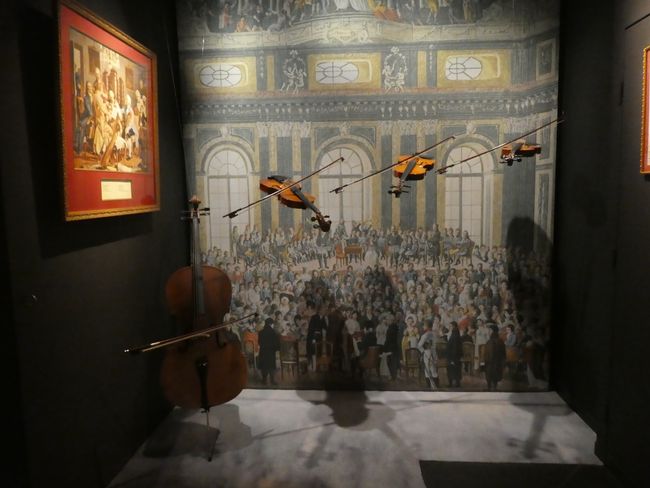
Langgan Surat Berita
Arriving in Vienna, we first set out to explore the city with a walk along the Vienna River on the edge of the Old Town. Most of the time, we didn't see anything of the mostly underground river...
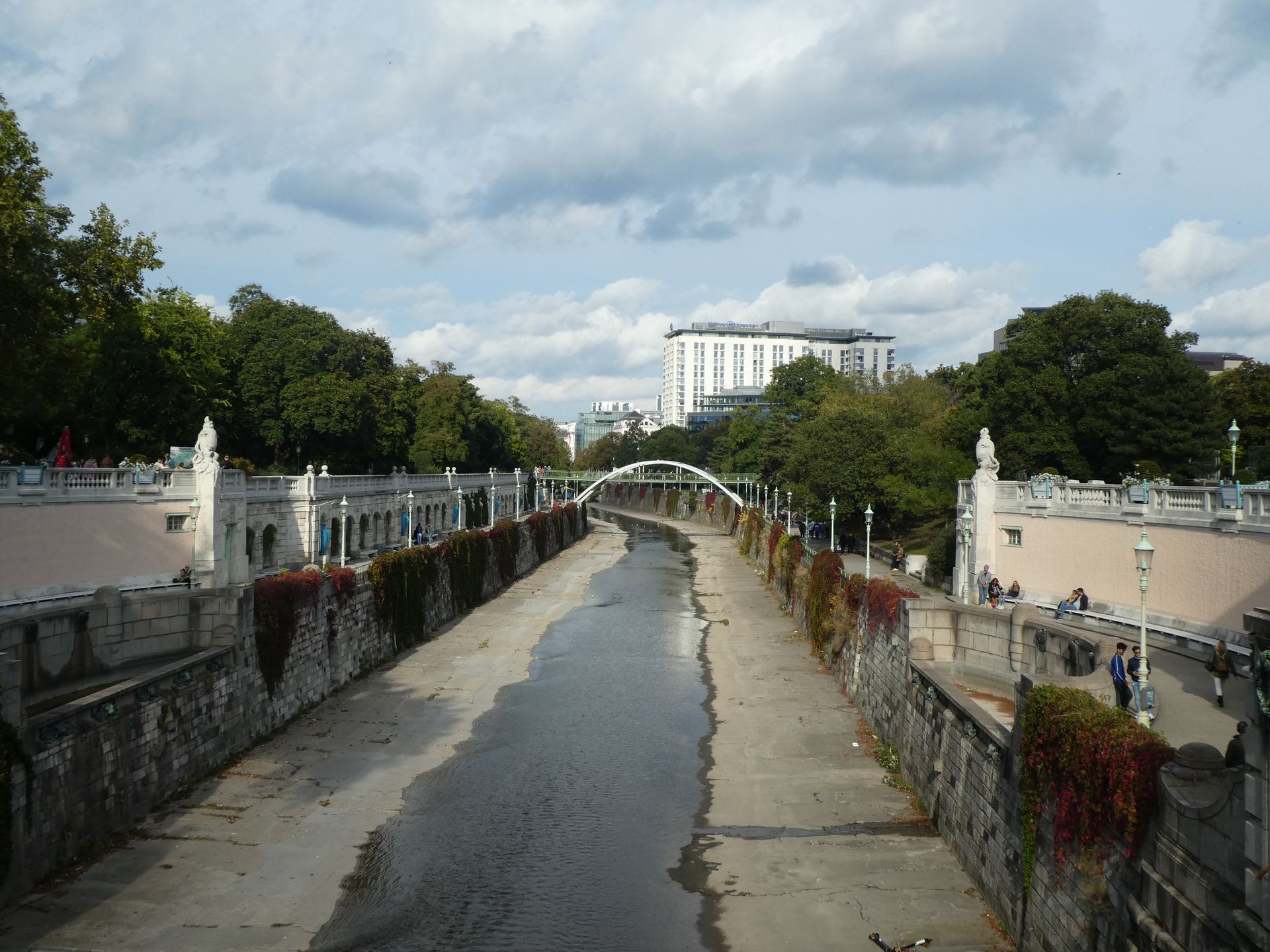
Our journey began at the Naschmarkt, which was closed on Sunday. So we contented ourselves with looking at the magnificent Art Nouveau residential buildings on the street and decided to return here for the market hustle and bustle.
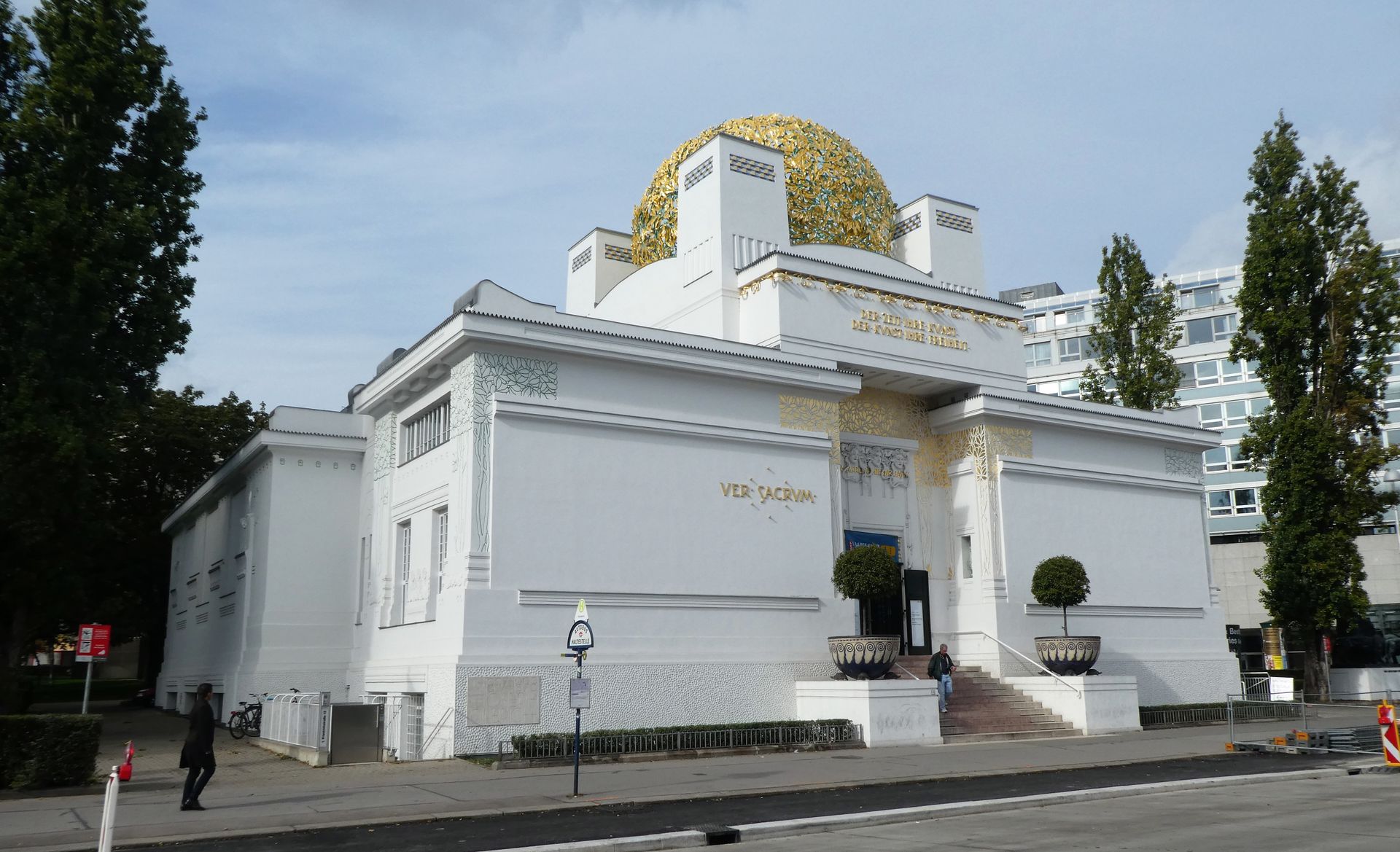
We then strolled past the Secession Building, which locals call "Goldenes Krauthappel" (Cabbage Head), and headed to Karlsplatz. There stands Vienna's most important baroque church, the Karlskirche.
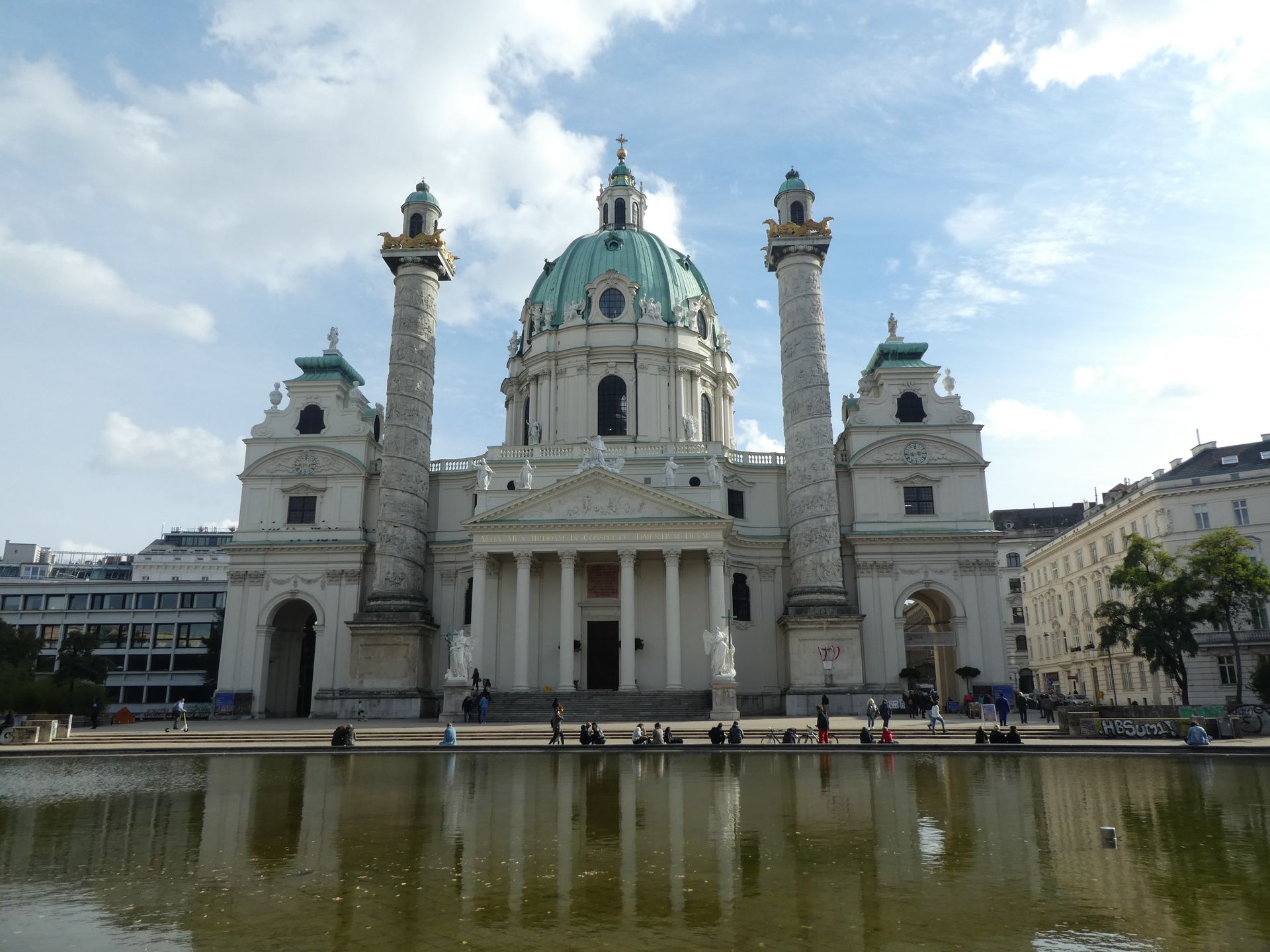
Like some other tourists, we were deterred by the proud entrance fee of 8 euros, which can only be avoided by attending a mass or concert (which in turn would result in a much higher admission fee). Since I had already been inside the church before, we decided against a visit.
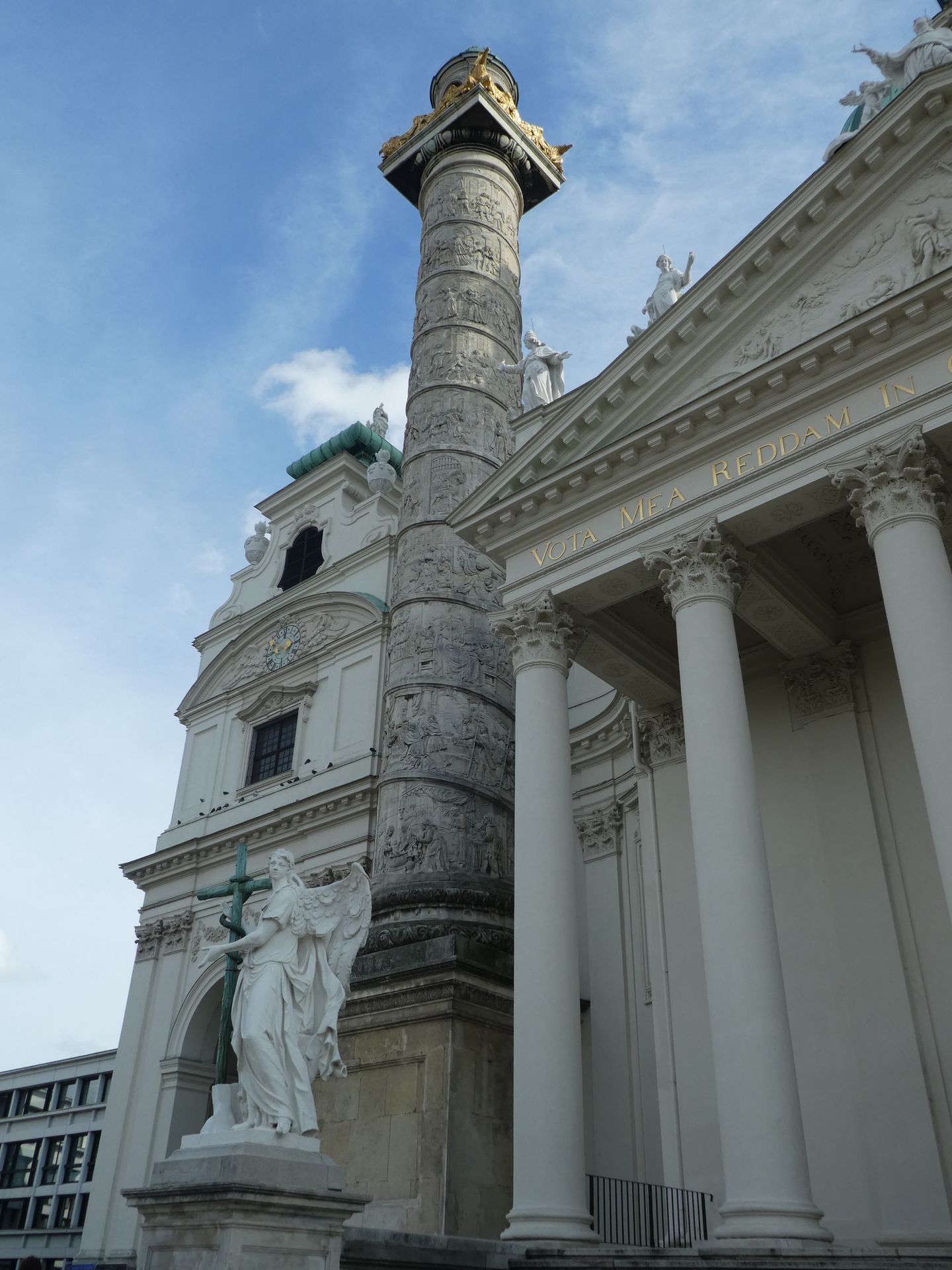
We also escaped the concert ticket sellers in historical costumes in front of the church, even though they insisted on selling us a ticket in English. It's surprising how often we are addressed in English when on vacation in a German-speaking city...
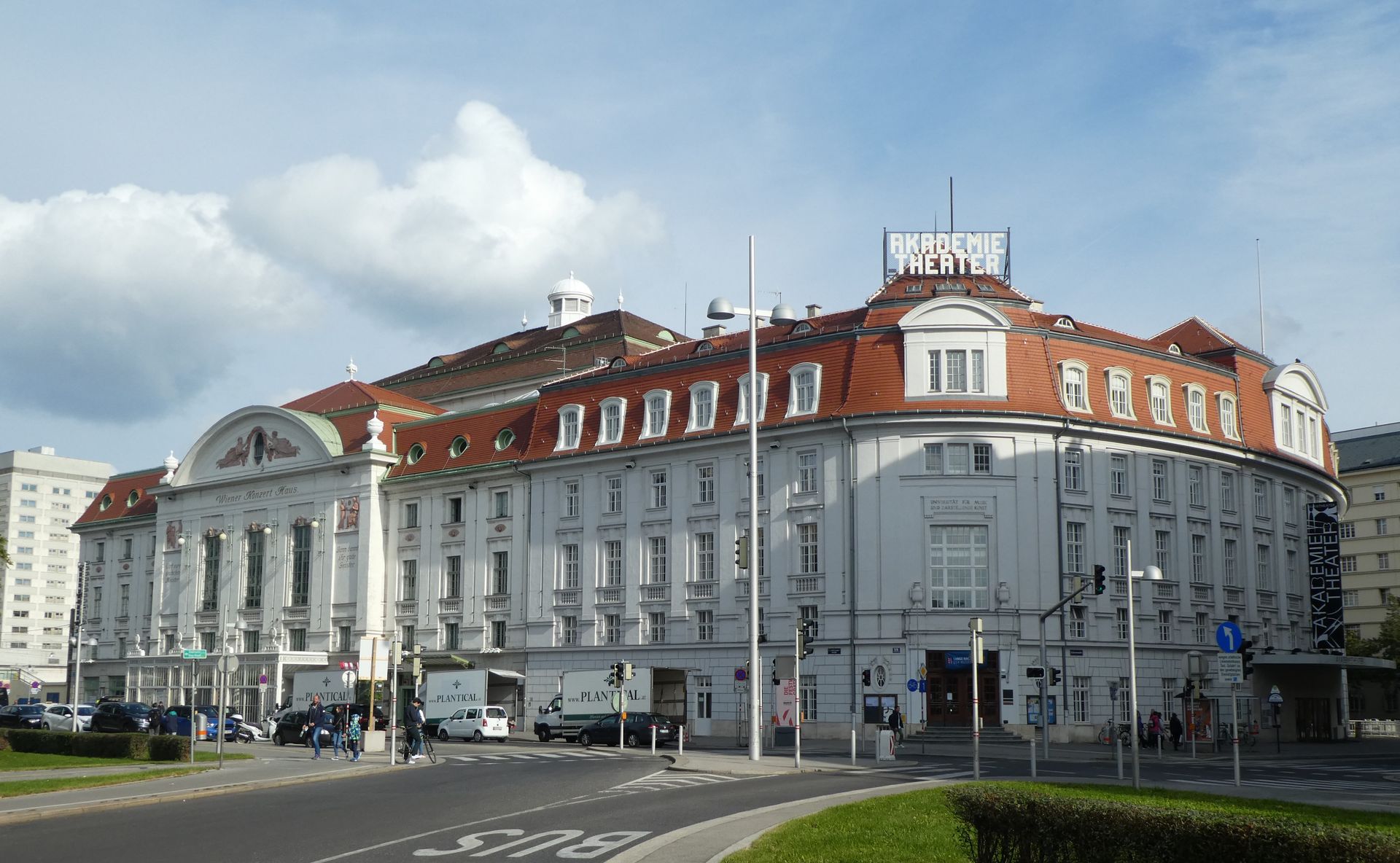
Our path then led us to Stadtpark, where a large demonstration was taking place. As it dispersed, we treated ourselves to a "Käsekrainer" for refreshment at the hot dog stand.
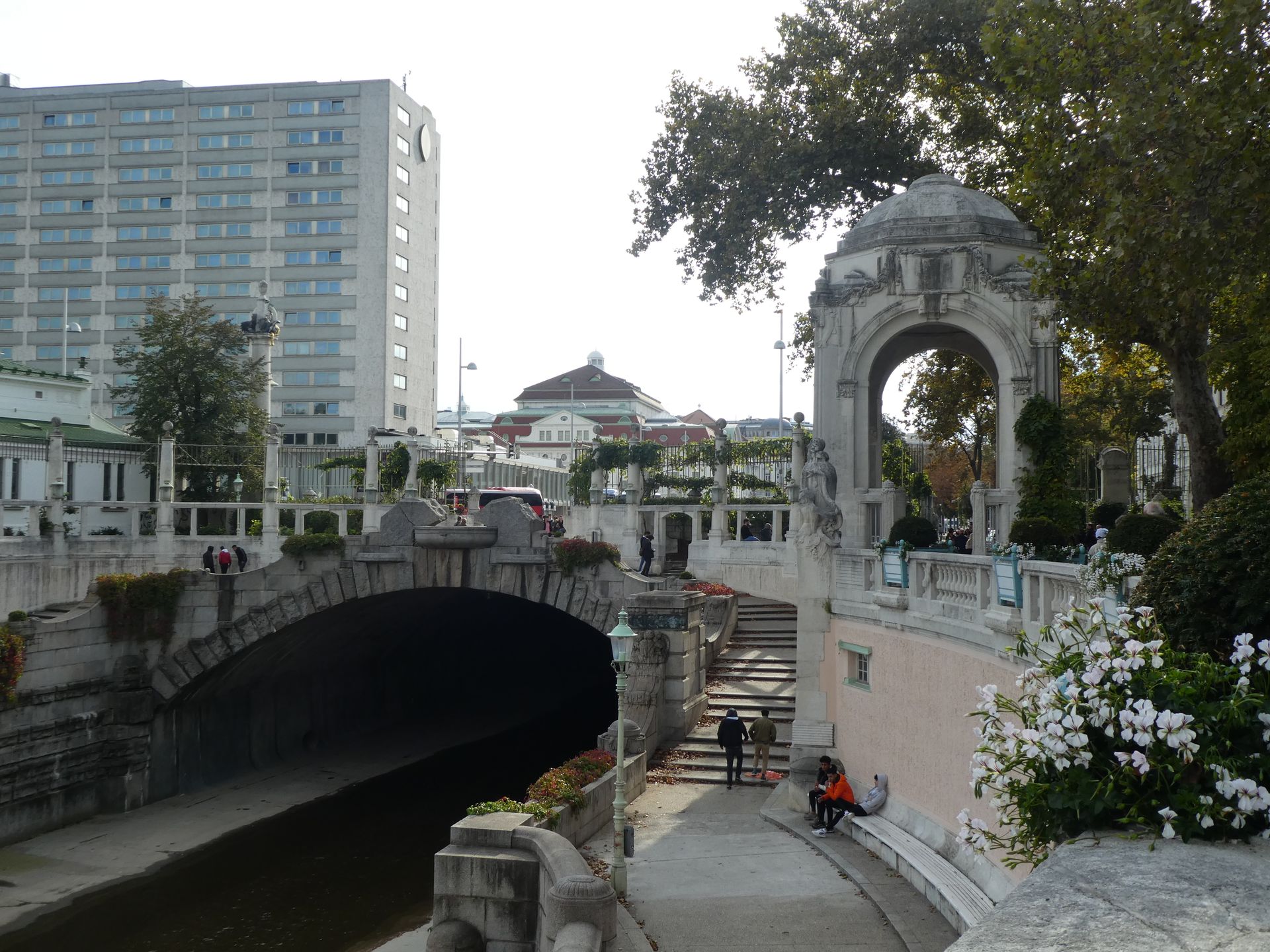
In Stadtpark, we saw monuments of famous musicians. To take a photo of Johann Strauss' golden statue, we had to wait for the right moment when no Asian tourist was posing in front of it.
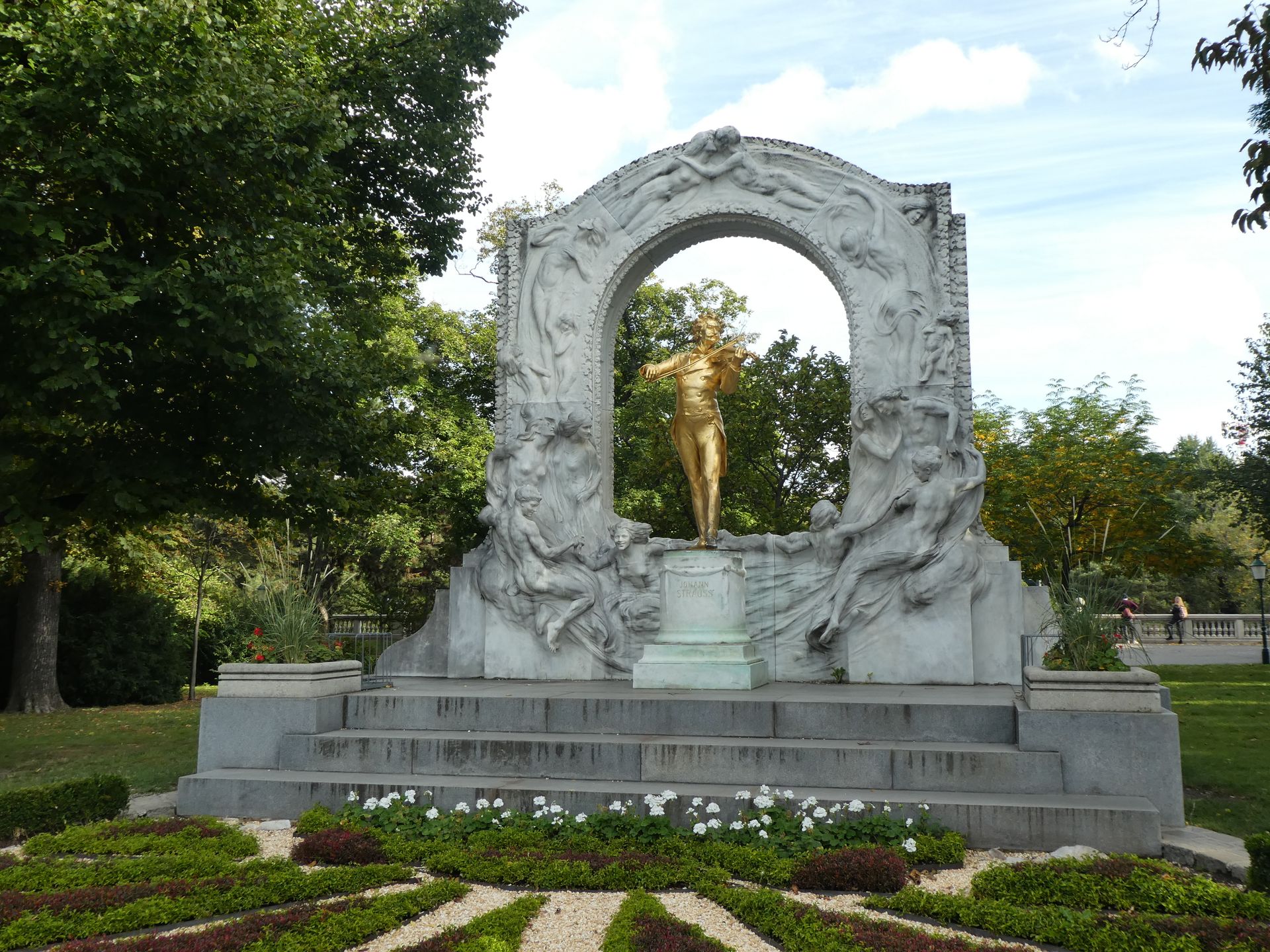
Of course, in Vienna you have to visit a coffee house. Just behind Stadtpark, we went to "Café Prückel", which has been around since 1904 and was recommended by the literature we consulted. We enjoyed a delicious apple strudel (unfortunately not warm) with whipped cream alongside our Melange coffee.
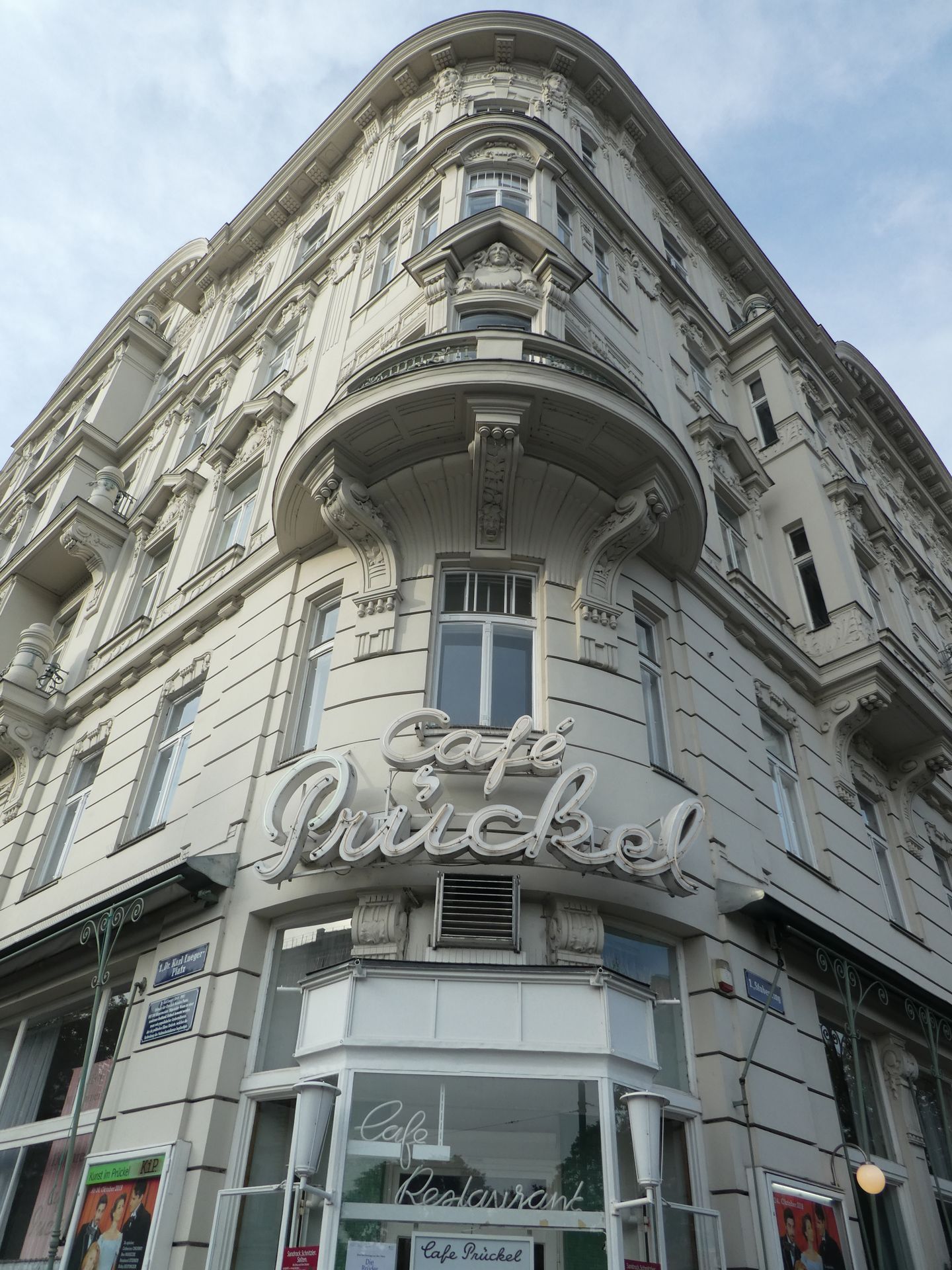
So fortified, we continued walking to the banks of the Danube Canal. From there, we took the tram to the Opera and strolled through the Old Town for a while, before meeting the Viennese couple we had met on our trip to Egypt at Café de l'Europe.
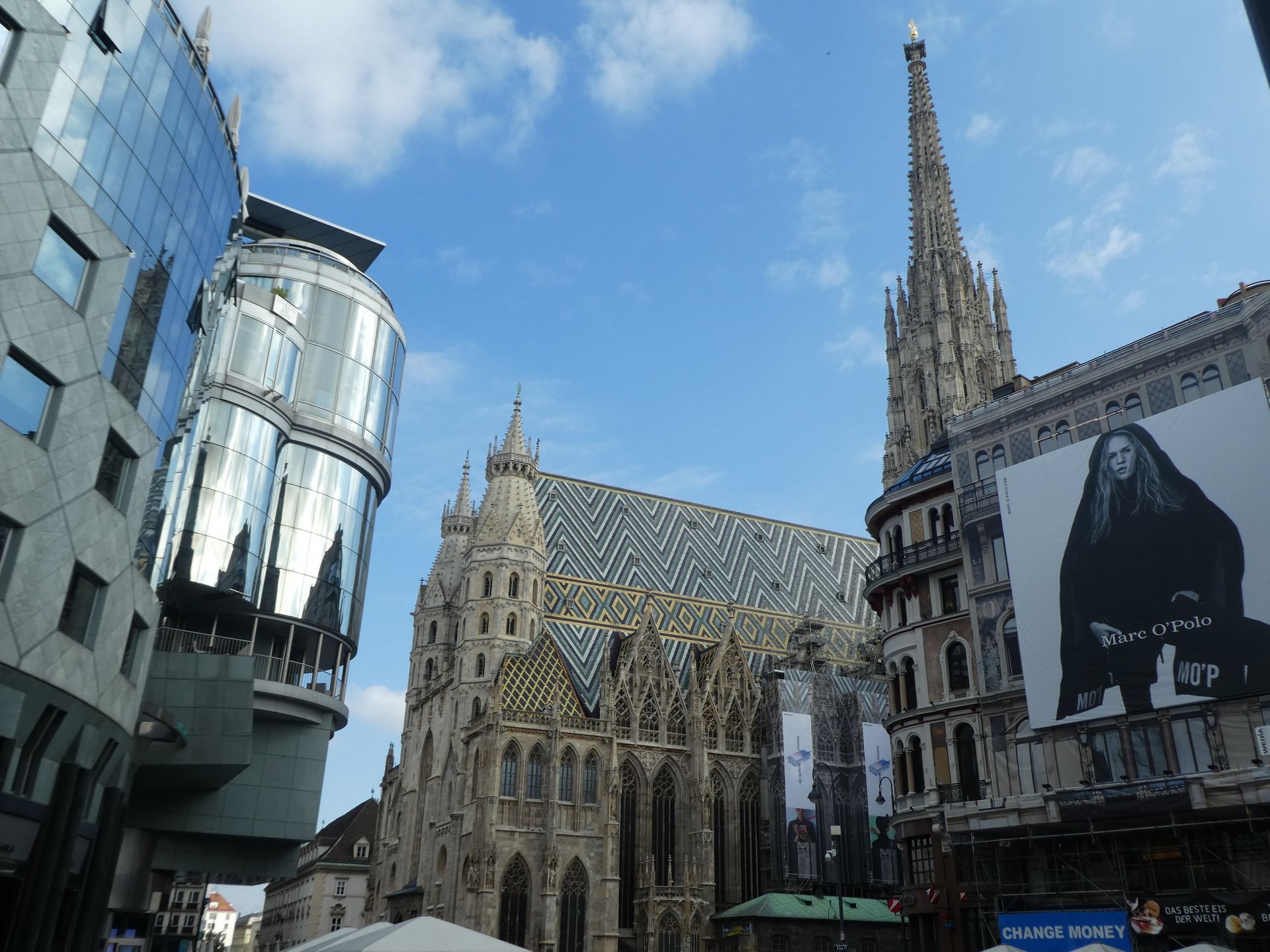
The next day, we stayed in the 1st district and explored the Old Town on an interesting guided tour, where we heard some anecdotes about Vienna.
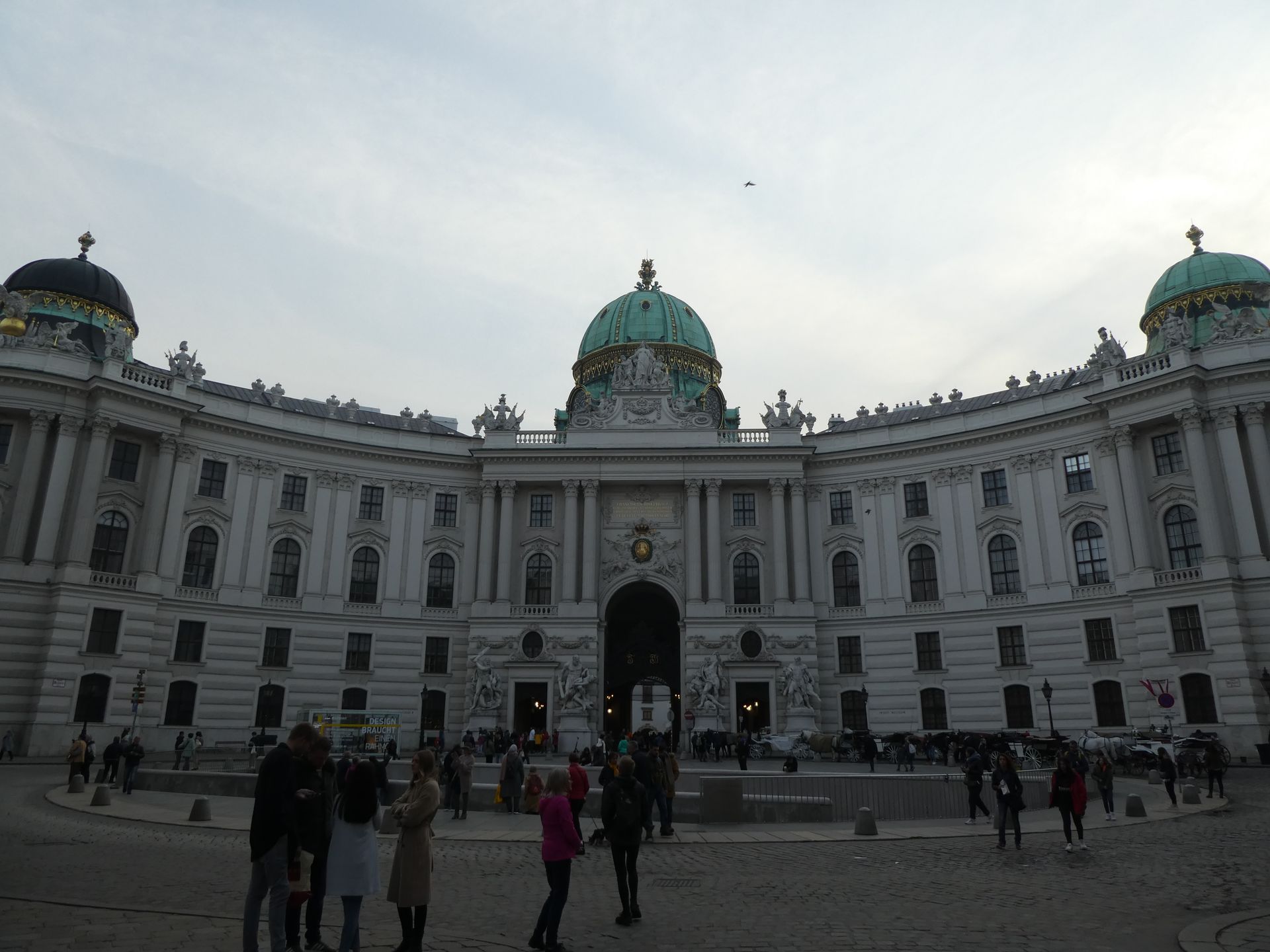
In the morning, we also visited the Hofburg, where you can see not only the Silver Chamber but also the Sisi Museum and the Imperial Apartments. Unfortunately, photography was only allowed in the Silver Chamber exhibition...
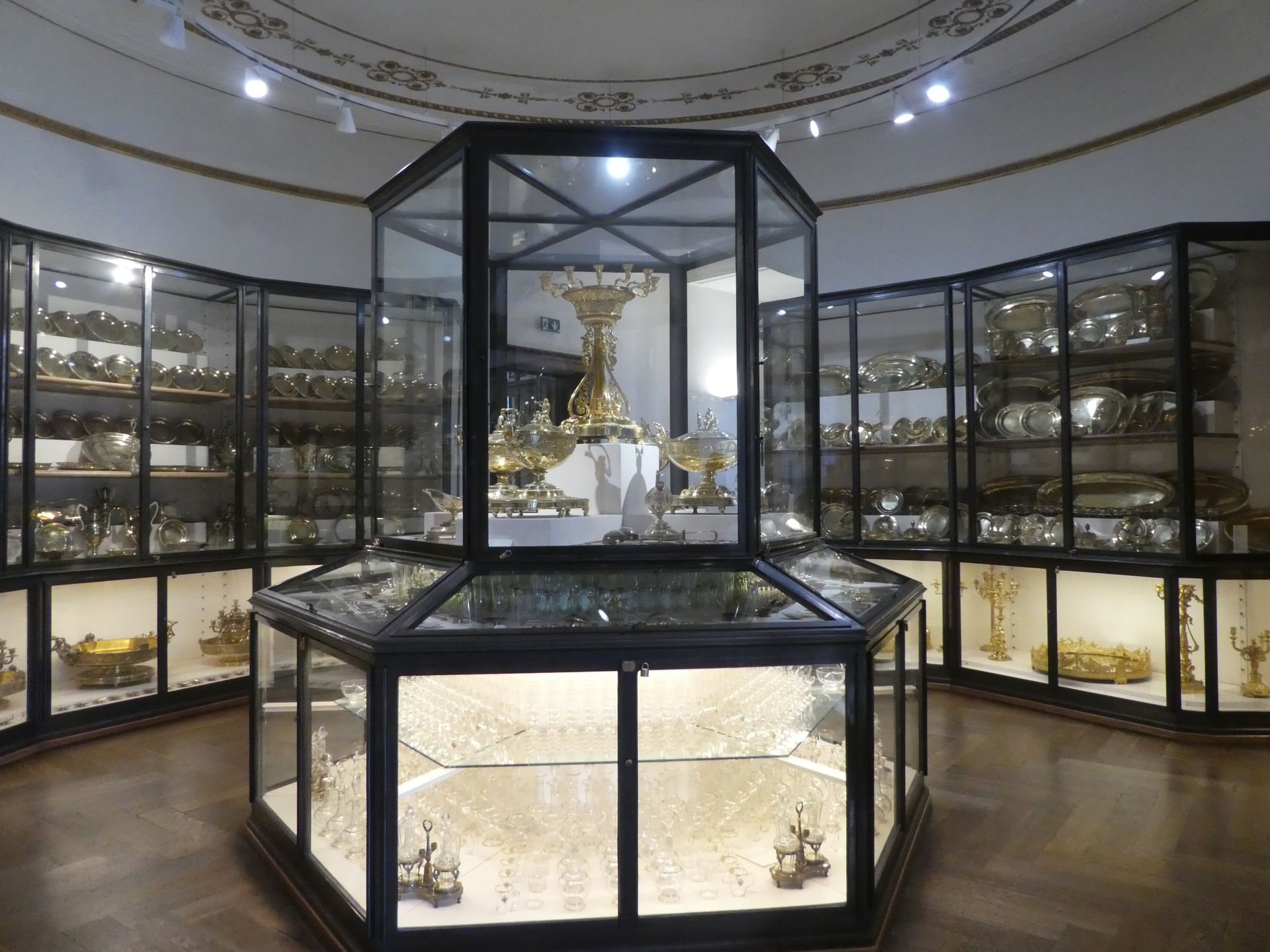
In the Capuchin Crypt, we also saw the coffins of the Habsburg dynasty, in which - as we learned on our tour - a third of the mortal remains of the monarchs were buried: their hearts and intestines are kept in other churches in Vienna.
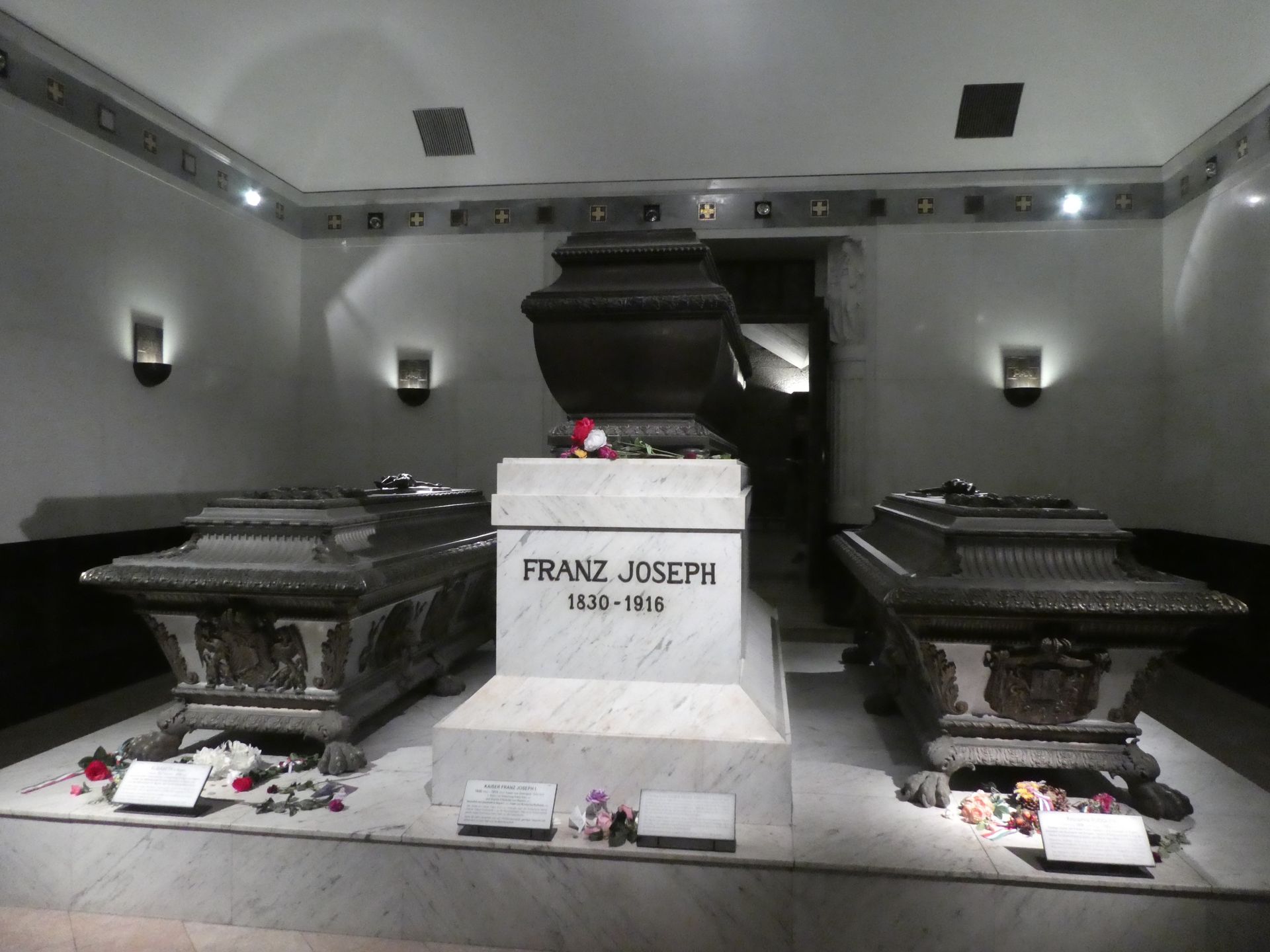
During a boat trip on the Danube Canal, we saw the city from the water - and realized that no grand buildings had been erected by the water here. Instead, we saw greenery and "graffiti art".
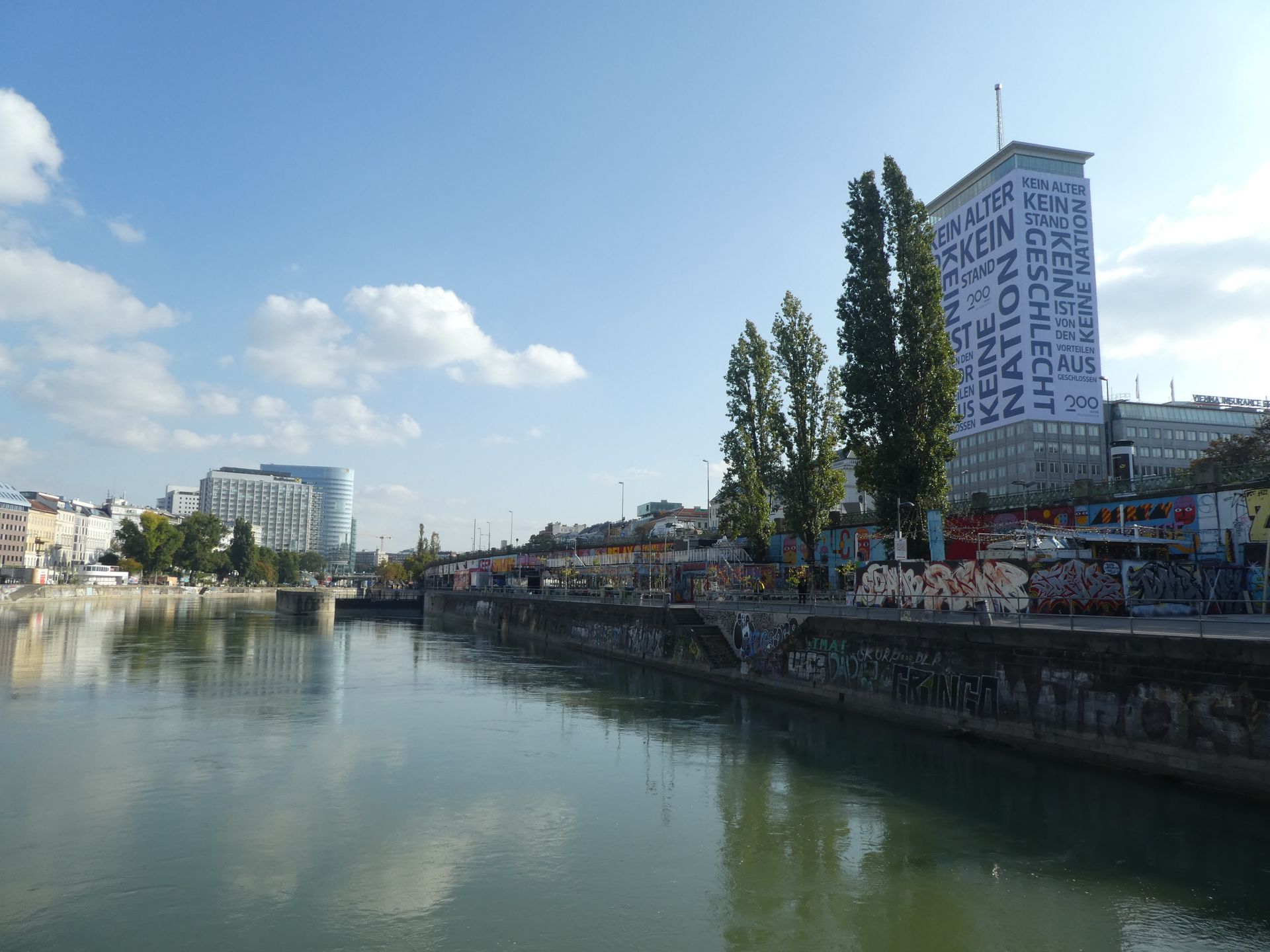
However, the waste incineration plant designed by Friedensreich Hundertwasser was interesting. After already visiting his toilets in New Zealand, we were still surprised by the variety of things he has created.
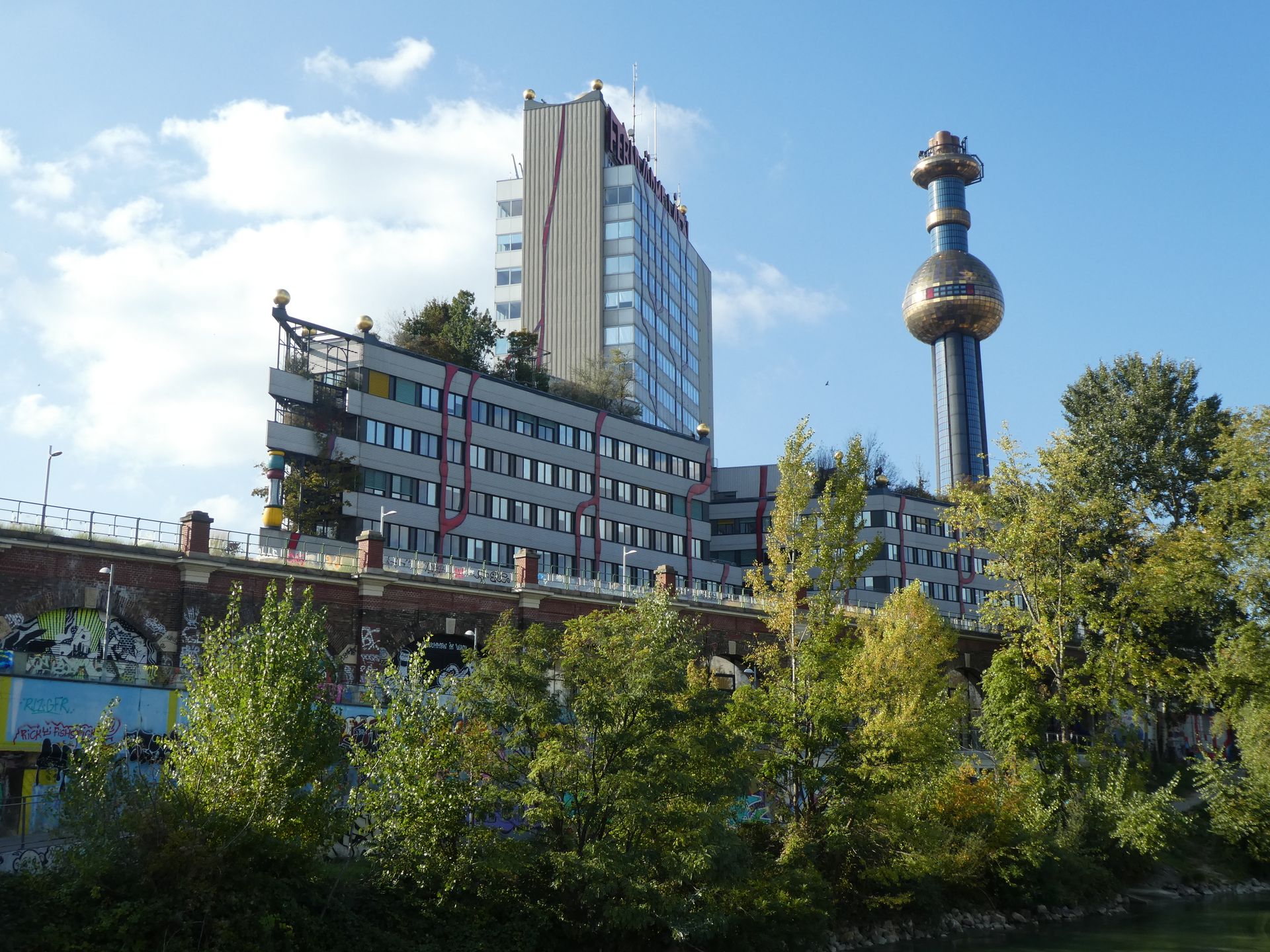
After a ride around the city center on the "Ringbahn", we visited the Mozart House. Mozart had lived in Vienna for ten years before passing away here. Today, one of his former residences houses a museum, although it doesn't have many personal belongings of his on display. Instead, a very detailed audio guide informed us about Mozart's activities in Vienna.
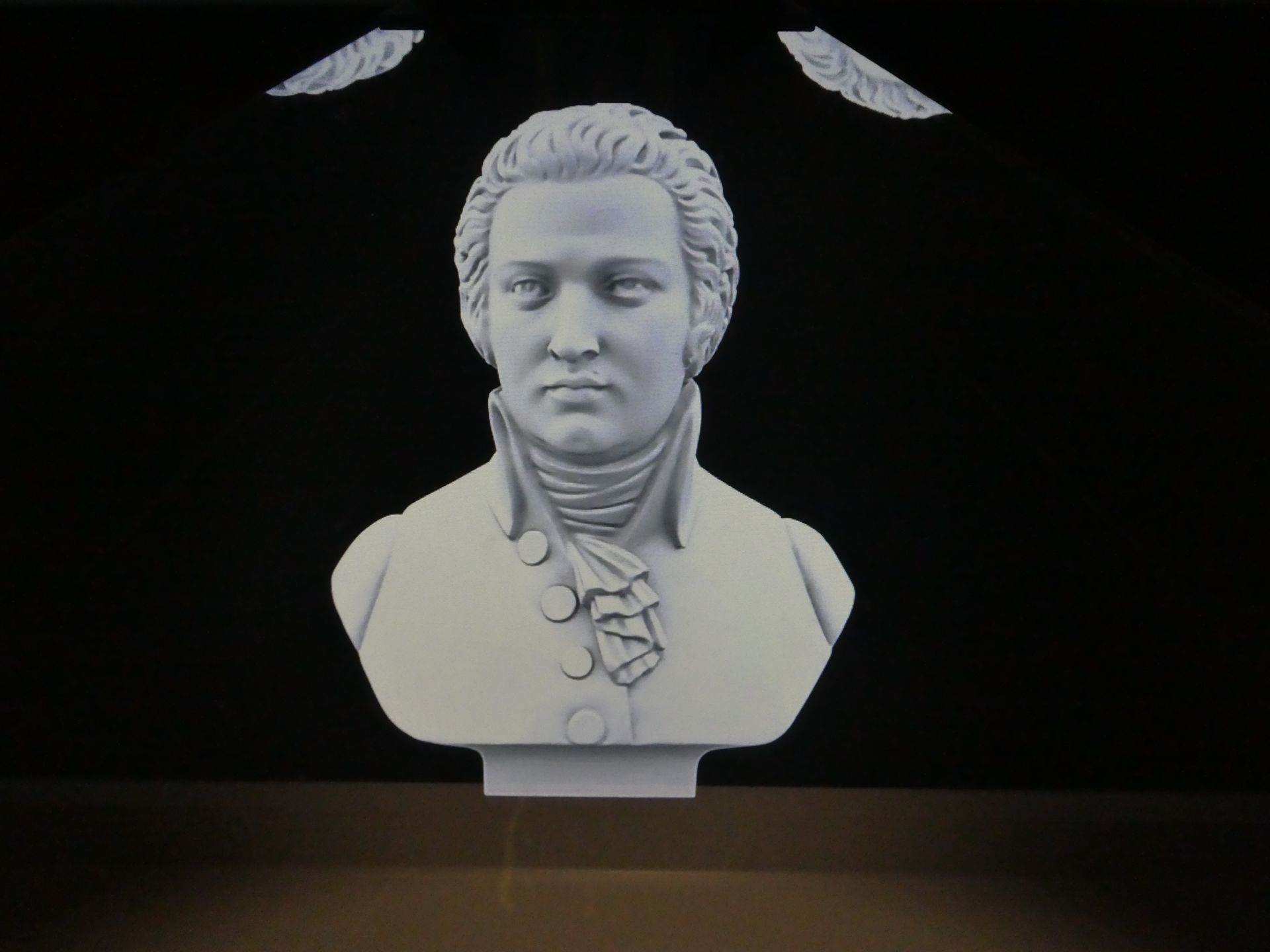
Finally, we went to the "Haus der Musik", which not only has an exhibition about the Vienna Philharmonic and famous musicians who worked in Vienna, but also an interactive exhibition about music. Unfortunately, most of it was closed for renovations, so we couldn't try out many things ourselves. However, we still had the chance to conduct the Vienna Philharmonic - at least virtually.

Langgan Surat Berita
Jawab
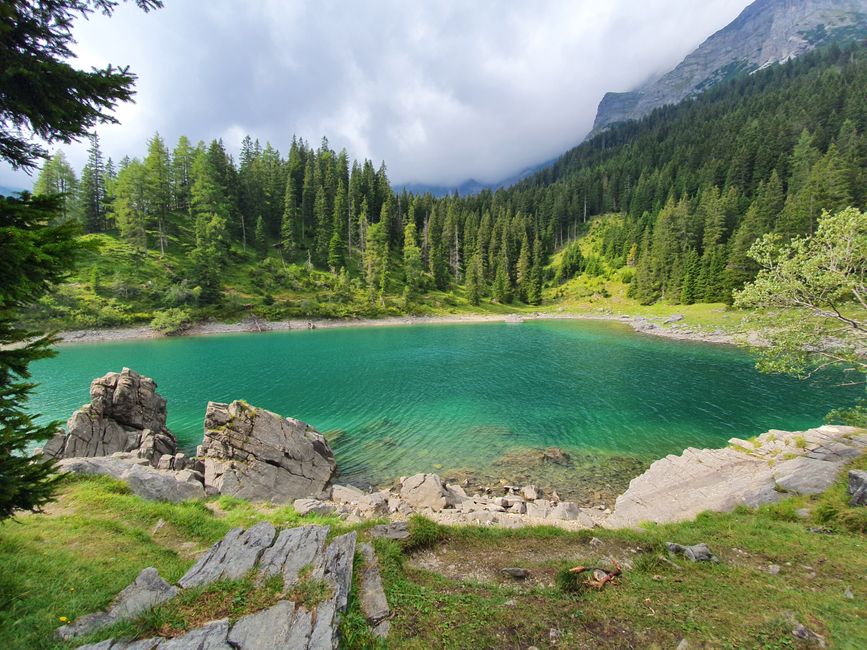
Laporan perjalanan Austria
